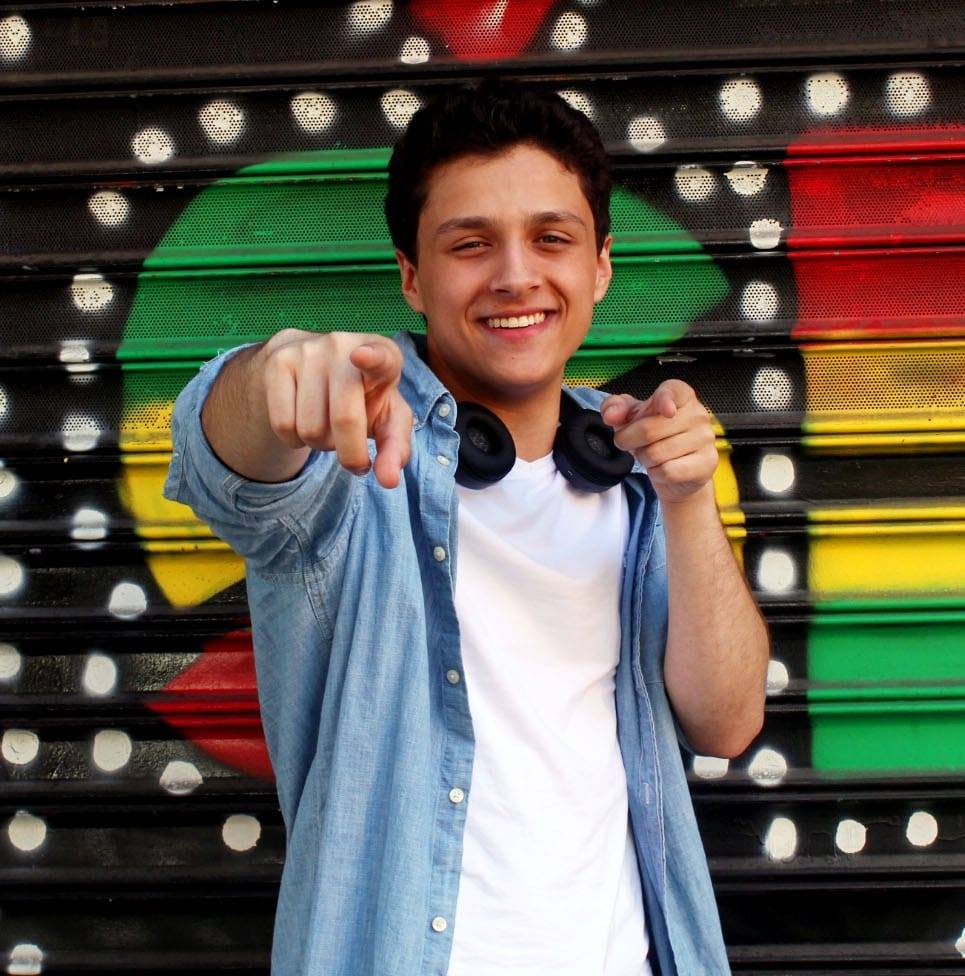“These are houses for the dead.”
This is Matt Velasco, the Cornell bioarchaeologist delivering the latest in a number of guest lectures for the Archaeology, Technology, and Historical Structures department at UR. On Thursday, Velasco presented “Buildings for the Dead: Constructing Social Order and Concealing Social Change in the Late Prehispanic Andes” in the Gamble Room in the upper floors of Rush Rhees.
The students and faculty who filled the room were there to learn about chullpas, above-ground Andean tombs that housed mummies, who even after death remained significant members of the region’s society.
Velasco made clear that the term chullpa is “about as informative as to call something a house.” There’s tremendous variation in form and style between chullpas, Velasco said, even within single Andean valleys (Velasco studied the Colca Valley, specifically), but until recently, they were thought of collectively in similar, functionalist terms. The term probably originally referred not to the above-ground structure but to the mummy bundle itself.
The body was a locus of identity for Prehispanic Andean people, Velasco said, and the way people were interred, as well as the public functions of their tombs, differed from place to place and ayllu (indigenous community unit) to ayllu. Chullpas were frequently visible, placed in areas of higher elevation and sometimes painted bright colors. Were they meant to make boundaries between different groups of people? To represent places where the living could come and connect with each other and their dead?
According to Velasco, probably both. His research question — “How does mortuary practice intervene in processes of social interaction and identity formation during the Late Intermediate Period [in the Andes]?” — was clarified by the background Velasco provided, as he explained how the location and culture of each specific ayllu may have been reflected in the chullpas of their dead.
When discussing the differences between the Collaguas and Cavanas ayllus, Velasco described how the groups used cranial modification to construct ethnicity, a process that Velasco calls ethnogenesis. The Collaguas tied boards to the heads of many of their infants to make them long and pointy, in order to wear a special hat. The Cavanas, on the other hand, lived in another part of the valley and made their heads squat and wide. This made the groups distinct, and was related to the role of chullpas as ethnic signifiers.
Velasco’s bioarchaeology background brings to the primarily architectural discussion of chullpas his studies of signs of violence and cranial modification (purposeful reshaping of the skull, usually during infancy, for cultural reasons) among the dead.
The lecture was centered on the specific topic of “Andean socio-symbolic spatial structures,” but the lecture was open to any enthusiasts of architecture, anatomy, Andean history, or even the study of age and gender in Prehispanic South America — on the latter subject, Velasco believes that both men and women were buried in chullpas, but these men and women were overwhelmingly old adults and not young people.
Velasco said Chullpas housed mummy bundles, but they were also sites of social gathering deeply tied to Andean conceptions of personhood and identity. And though these were “houses for the dead,” Velasco said, they were also “tombs for the living.”

